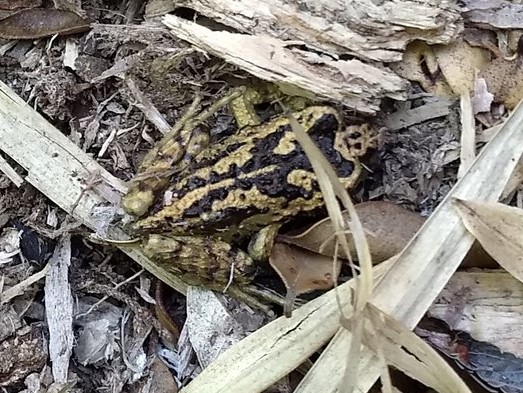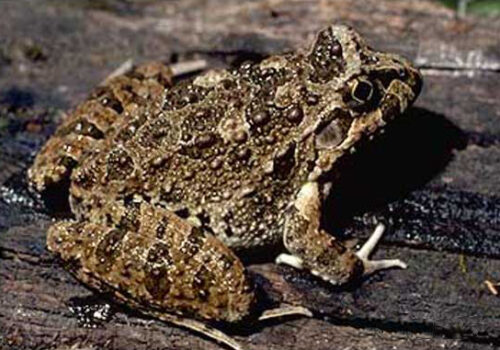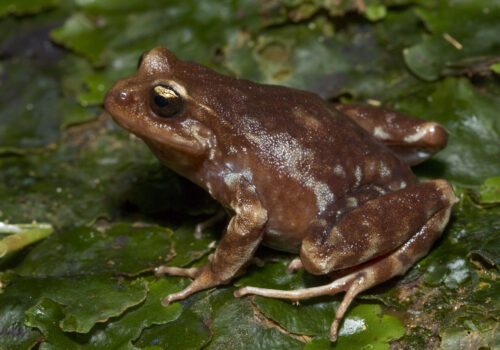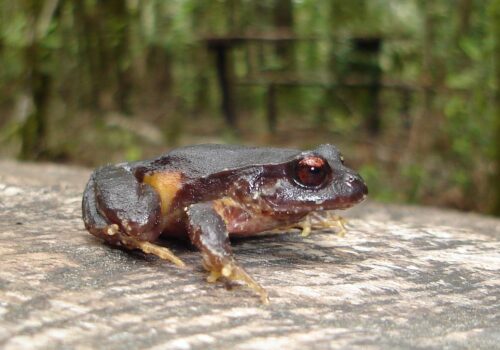Alsodes Norae: Exploring Patagonia’s Enigmatic Amphibian#
Amid the verdant landscapes and cool streams of Patagonia’s pristine forests lies a small, unobtrusive amphibian—the Alsodes norae. Known for its discreet presence and hearty resilience, A. norae might seem ordinary at first glance, but hidden within its delicate form is an intricate story of survival, adaptation, and ecological importance. This unique frog, scientifically classified as Alsodes norae, belongs to a genus noted for thriving in cold, mountainous regions where few others dare to venture.
But what makes A. norae truly fascinating isn’t just its remarkable physiological adaptations or the stunning landscapes it inhabits. Rather, it is the frog’s ability to serve as an ecological sentinel, indicating the health of some of South America’s most sensitive ecosystems. Journey with us into damp forests, along rippling mountain streams, and into the scientific tales born of meticulous field studies, as we uncover the fascinating life of Alsodes norae.
Taxonomy and Classification#
The elegant mystery of Alsodes norae begins with its classification. Belonging to the family Alsodidae, this enigmatic frog is part of a unique lineage adapted specifically to South America’s cooler southern climates. The genus Alsodes itself stands distinct among amphibians, adapted for living in cold mountain streams and temperate rainforests. Close relatives include species such as Alsodes gargola and Alsodes nodosus, both of which share similar ecological niches and behaviors.
First described scientifically as recently as 1982, Alsodes norae embodies the ongoing mysteries hiding within southern ecosystems. Named after Nora, the wife of renowned Chilean herpetologist José Miguel Cei, the species name is a tribute reflecting human fascination with nature’s delicate treasures.
Natural Habitat#
Alsodes norae finds its home in the verdant Patagonian mountainscape, an area cherished for its raw and stirring beauty. Predominantly found in lower Andean elevations of southern Chile and Patagonia, its native habitat is characteristically cool forests, boasting moist leaf litter, clear freshwater streams, cascading waterfalls, and moss-covered rocks.
A Forest Dweller’s World#
Imagine entering one of Southern Chile’s temperate rainforests—a mosaic of ancient trees, lichens draping from branches, the ground carpeted in a dense tapestry of ferns, shrubs, and leaf litter. Beneath this intricate shade, A. norae finds shelter from the elements and predators alike. The persistent moisture here creates microhabitats perfect for amphibian survival—rich in insect life and offering cover from extremes of temperature.
Streams as Lifeblood#
Clean, cold, and swift-flowing waters are crucial for A. norae. Streams provide essential breeding sites, supporting the frog’s reproduction and larval development. Being semi-aquatic, this species demonstrates reliance upon habitats close to water bodies where breeding occurs, leading to larvae surviving directly in stream currents.
Physical Characteristics#
At first glance, A. norae may seem ordinary—a small and humble amphibian blending quietly into its environment. Adults typically measure 3-5 centimeters in length, characterized by robust bodies and relatively short limbs adapted to life beneath vegetation layers and rocky streambeds.
Its coloration ranges from olive-green to subdued, earthy browns and greys, a perfect camouflage for living inconspicuously against the backdrop of moss-draped rocks, fallen leaves, and shadow-laden streams. Its skin bears subtle markings—often darker spots or patterns resembling leaf litter, masterfully disguising this tiny creature from predators.
The eyes, large and dark, provide excellent low-light vision suitable for nocturnal foraging. Curiously strong hind legs, adapted for jumping and swimming, aid efficiently in navigating streams and escaping threats swiftly. Additionally, rough-textured skin provides effective moisture retention, essential in an environment of fluctuating humidity levels.
Behavior and Life Cycle#
Quietly resilient, the life of Alsodes norae is one intricately tied to Chile’s seasonality. Like many amphibians, it lives a secretive existence, emerging primarily at night or during rainy episodes to forage or mate.
The Secretive Hunter#
In the silken shadows of Patagonian twilight, this shy amphibian exhibits meticulous prowess, silently hunting insects, spiders, and small invertebrates amid the leaf litter and mosses. Ambushing prey swiftly, they demonstrate impeccable timing. Occasionally, remarkable slow stalking movements can be observed, the frog’s acute senses carefully attuned to the slightest vibrations or movements of potential prey.
The Intricate Ballet of Mating#
Mating typically aligns with rainfall events or melts from mountain snow, when fields of moisture saturate streams and forest floors, signaling reproductive opportunity. Male frogs gather near water edges, producing quiet yet distinctive mating calls—soft, subtle trills perfectly matching their understated existence. Females, attracted to these serenades, deposit gelatinous egg clutches beneath submerged rocks or vegetation, where guarded waters shield developing embryos.
The larvae of A. norae are stream-adapted tadpoles, equipped with powerful tail muscles capable of navigating stream currents. Tadpoles gradually metamorphose into terrestrial juveniles, blending seamlessly into their shaded environments, preparing for a life as forest ambassadors.
Ecological Role#
Beyond their quiet existence, Alsodes norae enacts an integral role within Patagonia’s delicate ecosystems. As predators, this amphibian helps regulate insect populations, keeping ecological balance. Furthermore, as prey, the species supports an array of predators including birds, snakes, and mammals, serving as vital nutritional sources within their habitat.
Additionally, the presence or absence of A. norae can be an indicator of ecosystem health. Amphibians, sensitive to environmental changes, act as canaries in the proverbial coal mine, alerting scientists to emerging environmental concerns before catastrophic damage is done.
Threats and Conservation Status#
Despite their resilience, A. norae faces severe environmental pressures such as habitat fragmentation due to logging and agricultural expansion, water pollution, climate unpredictability, and invasive species introductions. Particularly concerning is Patagonia’s degradation from expanding human infrastructure and climate-related changes disrupting water flows critical for breeding.
At present, the species faces limited formal protection, categorized by the International Union for Conservation of Nature (IUCN) as “Near Threatened.” Immediate action is critical; preserving forest integrity, protecting aquatic habitats, and instituting careful environmental stewardship remain essential measures to secure the species’ future.
Cultural and Scientific Significance#
The presence of Alsodes norae is subtly embedded within regional folklore and culture. Local communities often recognize amphibians and frogs symbolically, associating them with seasonal cycles, rain prediction, and environmental harmony. Collaborating indigenous knowledge with scientific inquiry might hold promise, as local traditions often harbor sophisticated understandings of the frog’s ecological roles and behaviors.
Scientifically, the species provides opportunities to study adaptation to cold climates and ecosystem functioning. Amphibians’ remarkable abilities to respond to environmental changes may also unlock critical knowledge about the ecological impacts of climate change, guiding conservation action not just locally, but globally.
Conclusion#
The understated yet profoundly significant Alsodes norae is ultimately a reflection of nature’s delicate intricacy. Guarded by moist forests and flowing streams of Patagonia, this amphibian symbolizes both ecological fragility and resilience. Let its quiet existence serve as a clarion call for responsible stewardship and a reminder of the invisible wonders often concealed amidst shadowy leaves and moss-covered stones.
As conservation advocates and lovers of wild nature, we must pay attention, advocate, and ensure protection measures for species like Alsodes norae. Only then can we ensure this evocative ambassador continues to thrive and inspire future generations.














